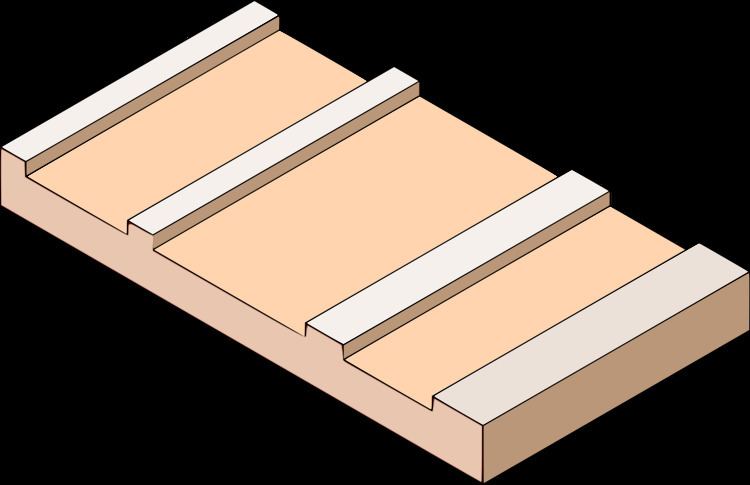 | ||
Intaglio (/ɪnˈtæli.oʊ/ in-TAL-ee-oh; [inˈtaʎʎo]) is the family of printing and printmaking techniques in which the image is incised into a surface and the incised line or sunken area holds the ink. It is the direct opposite of a relief print.
Contents
Normally, copper or zinc plates are used as a surface or matrix, and the incisions are created by etching, engraving, drypoint, aquatint or mezzotint. Collagraphs may also be printed as intaglio plates.
Process
In intaglio printing, the lines to be printed are cut into a metal plate by means either of a cutting tool called a burin, held in the hand – in which case the process is called engraving; or through the corrosive action of acid – in which case the process is known as etching. In etching, for example, the plate is covered in a resin ground or an acid-resistant wax material. Using an etching needle, or a similar tool, the image is engraved into the ground, revealing the plate underneath. The plate is then dipped into acid. The acid bites into the surface of the plate where it was exposed. Biting is a printmaking term to describe the acid's etching, or incising, of the image. After the plate is sufficiently bitten, the plate is removed from the acid bath, and the ground is removed to prepare for the next step in printing.
To print an intaglio plate, ink is applied to the surface by wiping and/or dabbing the plate to push the ink into the recessed lines, or grooves. The plate is then rubbed with tarlatan cloth to remove most of the excess ink. The final smooth wipe is often done with newspaper or old public phone book pages, leaving ink only in the incisions. A damp piece of paper is placed on top of the plate, so that when going through the press the damp paper will be able to be squeezed into the plate's ink-filled grooves. The paper and plate are then covered by a thick blanket to ensure even pressure when going through the rolling press. The rolling press applies very high pressure through the blanket to push the paper into the grooves on the plate. The blanket is then lifted, revealing the paper and printed image.
Brief history
Intaglio printmaking emerged in Europe well after the woodcut print, with the earliest known surviving examples being undated designs for playing cards made in Germany, using drypoint technique, probably in the late 1430s. Engraving had been used by goldsmiths to decorate metalwork, including armor, musical instruments and religious objects since ancient times, and the niello technique, which involved rubbing an alloy into the lines to give a contrasting color, also goes back to late antiquity. Scholars and practitioners of printmaking have suggested that the idea of making prints from engraved plates may well have originated with goldsmiths' practices of taking an impression on paper of a design engraved on an object, in order to keep a record of their work, or to check the quality.
Martin Schongauer was one of the earliest known artists to exploit the copper-engraving technique, and Albrecht Dürer is one of the most famous intaglio artists. Italian and Netherlandish engraving began slightly after the Germans, but were well developed by 1500. Drypoint and etching were also German inventions of the fifteenth century, probably by the Housebook Master and Daniel Hopfer respectively.
In the nineteenth century, Viennese printer Karel Klíč introduced a combined intaglio and photographic process. Photogravure retained the smooth continuous tones of photography but was printed using a chemically-etched copper plate. This permitted a photographic image to be printed on regular paper, for inclusion in books or albums.
Current use
At one time intaglio printing was used for all mass-printed materials including banknotes, stock certificates, newspapers and magazines, fabrics, wallpapers and sheet music. Today intaglio engraving is largely used for paper or plastic currency, banknotes, passports and occasionally for high-value postage stamps. The appearance of engraving is sometimes mimicked for items such as wedding invitations by producing an embossment around lettering printed by another process (such as lithography or offset) to suggest the edges of an engraving plate.
